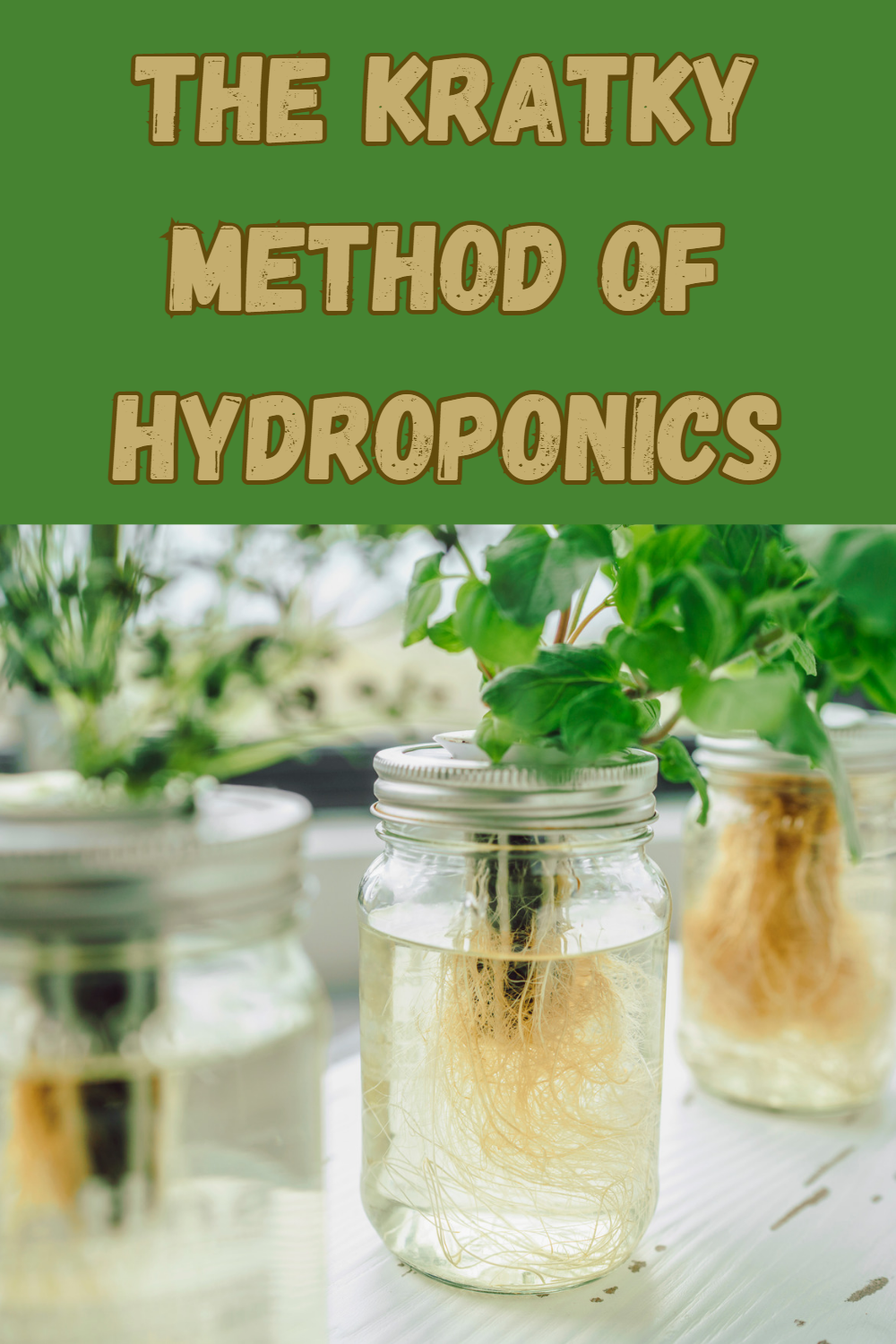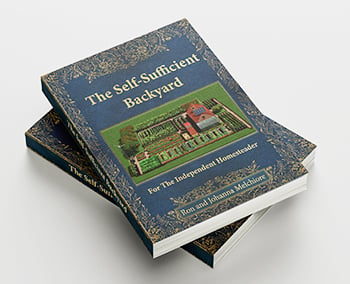Kratky Method of Hydroponics: An Innovative Way to Grow Plants without Pumps or Electricity

Kratky Method of Hydroponics: An Innovative Way to Grow Plants without Pumps or Electricity
Growing plants is one of the most satisfying and rewarding activities one can do, but for people who live in apartments or have limited outdoor space, this can be a daunting task.
Fortunately, there is an innovative way to grow plants that does not require any electricity or pumps, and can be set up virtually anywhere.
This method is called the Kratky Method of Hydroponics, and it has become increasingly popular among home gardeners and small-scale farmers.
In this article, we will delve into the Kratky Method of Hydroponics and discuss what it is, how it works, what crops grow best in it, its advantages and disadvantages, and how to maintain it.
What is Kratky Hydroponics?
Kratky Hydroponics is a passive hydroponic system that requires no electricity or pumps.
It was developed by B.A. Kratky, a researcher at the University of Hawaii, who experimented with growing lettuce using this method.
Kratky Method hydroponics is a static solution culture system, which means that the nutrient solution remains static throughout the growing cycle.
The system consists of a container, usually made of plastic, that is filled with nutrient solution.
Net pots containing plants are suspended above the solution, allowing the roots to grow down into the nutrient solution.
Unlike other hydroponic systems, the Kratky Method does not require any additional equipment, such as air stones or water pumps, to aerate the solution.
How does Kratky Hydroponics work?
The Kratky Method of Hydroponics is based on the principle of the air-water interface.
The container holding the nutrient solution is designed to have an air gap between the bottom of the net pot and the surface of the solution.
This gap creates a natural air-water interface, which allows the plants to absorb oxygen from the air while their roots grow down into the solution to absorb nutrients.
As the plant grows and uses up the nutrient solution, the water level gradually decreases, and the air gap above the solution increases.
This means that the plant receives less water as it grows, but because the air gap allows for adequate oxygen exchange, the plant can continue to grow without the need for additional water or aeration.
What are the disadvantages of Kratky?
While the Kratky Method has many advantages, it also has a few limitations. One disadvantage is that the initial nutrient solution must be carefully calibrated to meet the needs of the plants, and it cannot be adjusted over time.
Another disadvantage is that stagnant water can promote the growth of harmful bacteria and fungi, which can damage or kill the plants.
However, these disadvantages can be mitigated by careful planning and attention to detail.
For example, using high-quality nutrient solutions and maintaining proper pH levels can help prevent nutrient deficiencies and other problems.
Additionally, changing the water in the system every few weeks can help prevent the buildup of harmful bacteria and fungi.
Why is it called Kratky?
The Kratky Method of Hydroponics is named after its creator, B.A. Kratky, who developed the technique in the 1990s.
Kratky was experimenting with different hydroponic systems and found that he could grow lettuce using a static solution culture system without the need for aeration or water pumps.
What grows best in Kratky method?
The Kratky Method of Hydroponics is particularly well-suited to growing leafy greens, herbs, and other small crops.
Crops that require a lot of water, such as tomatoes or cucumbers, may not do as well in a Kratky system due to the limited amount of water available.
However, crops like lettuce, kale, spinach, and herbs such as basil and parsley can thrive in this system.
It is also ideal for starting seedlings, as it provides a controlled environment with optimal nutrient delivery and moisture levels.
How often do you change water in Kratky?
One of the most common questions people have about the Kratky Method is how often they need to change the water in the system.
While it is possible to go the entire growing cycle without changing the water, it is generally recommended to change the water every two to three weeks to prevent the buildup of harmful bacteria and fungi.
It is also a good idea to monitor the pH levels of the solution and adjust them as needed to maintain optimal nutrient uptake by the plants.
What are the pros of the Kratky method?
The Kratky Method of Hydroponics offers many advantages over traditional hydroponic systems.
Here are some of the most significant benefits:
- Low cost: Since it does not require any additional equipment like water pumps or air stones, the Kratky Method is one of the most cost-effective hydroponic systems.
- Low maintenance: The Kratky Method requires minimal maintenance, as there are no moving parts to break down, and the nutrient solution does not need to be constantly monitored.
- Water conservation: The Kratky Method conserves water, as it uses only the necessary amount of water for the plants and does not require any additional water for aeration.
- Flexibility: The Kratky Method can be used in virtually any environment, making it a great option for those with limited space or access to traditional hydroponic systems.
In conclusion, the Kratky Method of Hydroponics is an innovative and low-cost way to grow plants that offers many advantages over traditional hydroponic systems.
While it may have some limitations, careful planning and attention to detail can help overcome these challenges and produce healthy, vibrant crops.
Whether you are an urban gardener, a small-scale farmer, or simply want to grow your own food, the Kratky Method of Hydroponics is definitely worth considering.


